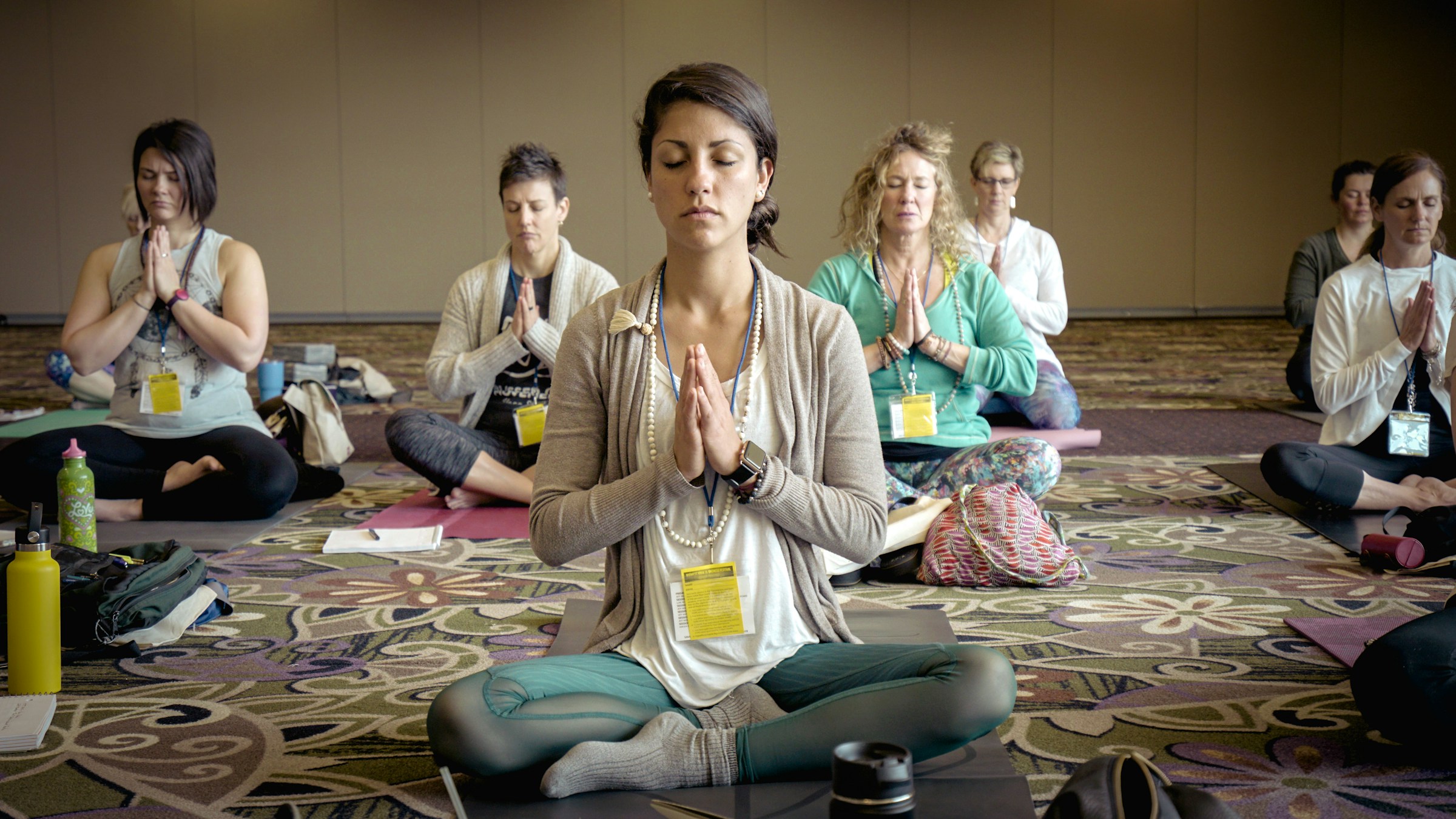Yoga has been a mainstay in fitness and wellness for thousands of years. Its roots lie deep in ancient Indian philosophy, but its benefits have found relevance in the modern world. From stress reduction to improved physical health, yoga offers a plethora of benefits that can be tailored to meet your specific fitness goals. The key is to find the right style, teacher, and class that will best serve your needs. If you’re living in the UK and wondering how to embark on your yoga journey, we’ve got you covered.
Understanding the Different Types of Yoga
Before you jump into the yoga world, it’s essential to understand the different types of yoga and what they can offer. Each style of yoga carries with it a unique set of postures and practices that can cater to different fitness and health objectives.
Have you seen this : Boosting Cardiovascular Fitness in UK Teens: The Impact of Aerobic Swimming Drills
Hatha Yoga, for instance, is a slower-paced style that focuses on basic postures and breathwork, making it great for beginners and those seeking stress reduction. On the other hand, Vinyasa Yoga is a more dynamic and physically challenging style where poses are linked to the breath in a flowing sequence. This type of yoga is perfect if your goal is to enhance physical strength and flexibility.
The Ashtanga Yoga style is a rigorous and structured practice involving a series of postures that increase in difficulty. If you’re seeking a physically demanding routine that promotes discipline and endurance, this style might be for you.
This might interest you : Is Intermittent Fasting Safe for Managing Type 2 Diabetes in the UK?
Restorative Yoga, meanwhile, uses props to support the body, allowing deep relaxation and stress relief. It’s particularly beneficial for those recovering from injuries or anyone looking for a more therapeutic approach to yoga.
Finding the Right Yoga Class
Choosing the right class is almost as important as selecting the style that suits your fitness goals. The class atmosphere, the level of instruction, and even the yoga community can greatly influence your overall experience.
When choosing a class, consider the convenience and comfort of the location. It should be a place where you feel relaxed and motivated. Also, consider the class schedule. Make sure it fits well into your routine, so your yoga practice doesn’t turn into a source of stress.
Remember that the teacher’s style of instruction can make or break your yoga experience. Look for a teacher who is experienced and knowledgeable about the type of yoga you’re interested in. They should also have the ability to guide you safely through the poses, especially if you’re a beginner or have any physical limitations.
Integrating Yoga into Your Fitness Regimen
Once you’ve chosen the type of yoga and the class that fits your needs, the next step is to incorporate it into your existing fitness regimen. Yoga can be an excellent complement to other fitness activities, providing a balanced approach to health and wellness.
Yoga can serve as a cool-down activity after intense workouts, thanks to its stretching and relaxing components. Moreover, the deep and controlled breathing techniques, as well as the mental focus required in yoga, can enhance your performance in other exercises by improving your body awareness and concentration.
Maximizing the Health Benefits of Yoga
Yoga can be a powerful tool for health and wellness. However, to reap its full benefits, it’s essential to approach it with mindfulness and consistency. Pay attention to your body and respect its limits. Over time, as your flexibility and strength improve, you’ll be able to perform more challenging postures.
Consistency is key in yoga. Try to practice regularly, even if it’s just a few minutes a day. This regularity will not only improve your physical health, but it will also help reduce stress and promote mental well-being.
Remember, every yoga journey is unique. It’s not about being able to perform complex poses, but about cultivating a deeper connection with your body and mind. So, whether you’re seeking physical strength, flexibility, stress relief, or mental calm, there’s a style of yoga that can help you reach your fitness goals. Choose wisely, and embrace the transformative power of yoga.
The Right Yoga Equipment for Your Practice
Starting your yoga journey requires not only the right type of yoga and class but also the appropriate equipment. This might include a yoga mat, clothing, and other props that can enhance your practice.
Your yoga mat is the foundation of your practice. It provides a stable surface on which you can perform various poses. More importantly, it offers a cushioning effect that protects your body from the hard floor. When choosing a yoga mat, consider the texture, thickness, and material. Look for one that provides the right balance between comfort and stability.
Your choice of clothing can also affect your yoga practice. Opt for comfortable, breathable, and stretchy clothes that allow you to move freely. They should not limit your movement or distract you from your practice.
Depending on the style of yoga you choose, you may need additional props. For instance, Yin Yoga and Restorative Yoga often involve the use of props like bolsters, blocks, and blankets to support the body during poses. These tools can enhance your comfort and promote deeper relaxation.
Also, consider other accessories like a yoga block to help with balance, a yoga strap to aid in flexibility, or a yoga blanket for extra support and warmth. Remember, the key is to choose equipment that will enrich your practice, not complicate it.
Choosing Yoga as a Tool for Weight Loss and Mental Health
Yoga can be an excellent tool for weight loss and improving mental health. The type of yoga you choose can directly affect these goals. For instance, more active styles like Vinyasa Yoga or Ashtanga Yoga can aid in weight loss by providing a more intense workout. Regular practice of these types of yoga, along with a balanced diet, can contribute to a healthier body weight.
On the other hand, all types of yoga can be beneficial for mental health. Yoga’s emphasis on mindfulness and deep, controlled breathing can help reduce stress and anxiety. Practices like Hatha Yoga and Restorative Yoga are specifically designed to promote relaxation and stress relief, but even more active styles often incorporate meditative elements that can contribute to mental well-being.
Moreover, yoga encourages a deeper connection with yourself. It promotes self-awareness, which can lead to better emotional regulation and improved mental health. It’s not uncommon for practitioners to report increased feelings of calm, clarity, and overall happiness after a yoga session.
Conclusion
Embarking on a yoga journey in the UK is a rewarding experience. Whether you’re seeking physical fitness, weight loss, or mental health benefits, there’s a type of yoga that can meet your needs. Understanding the different yoga styles, finding the right yoga class and teacher, and choosing appropriate equipment are crucial steps in starting your yoga practice.
As you integrate yoga into your fitness regimen, remember to approach it with mindfulness and consistency. Listen to your body, respect its limits, and commit to regular practice. This way, you can maximize the benefits of yoga and transform your health and wellness. So roll out your yoga mat, find your best yoga pose, and embrace the holistic wellness that yoga offers.











